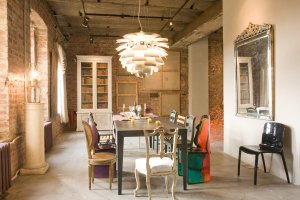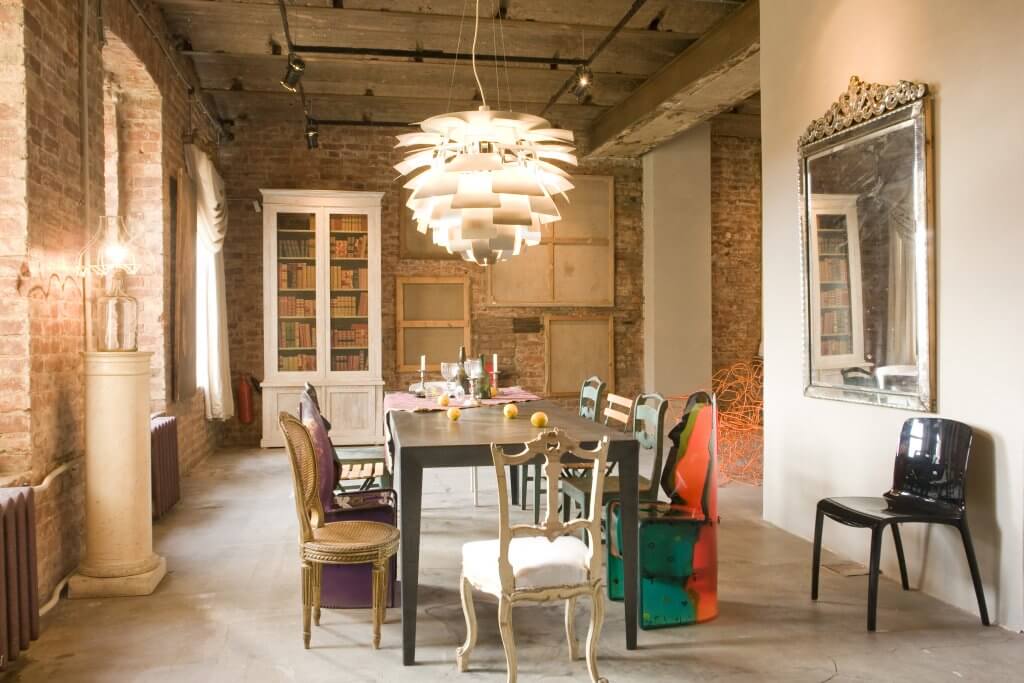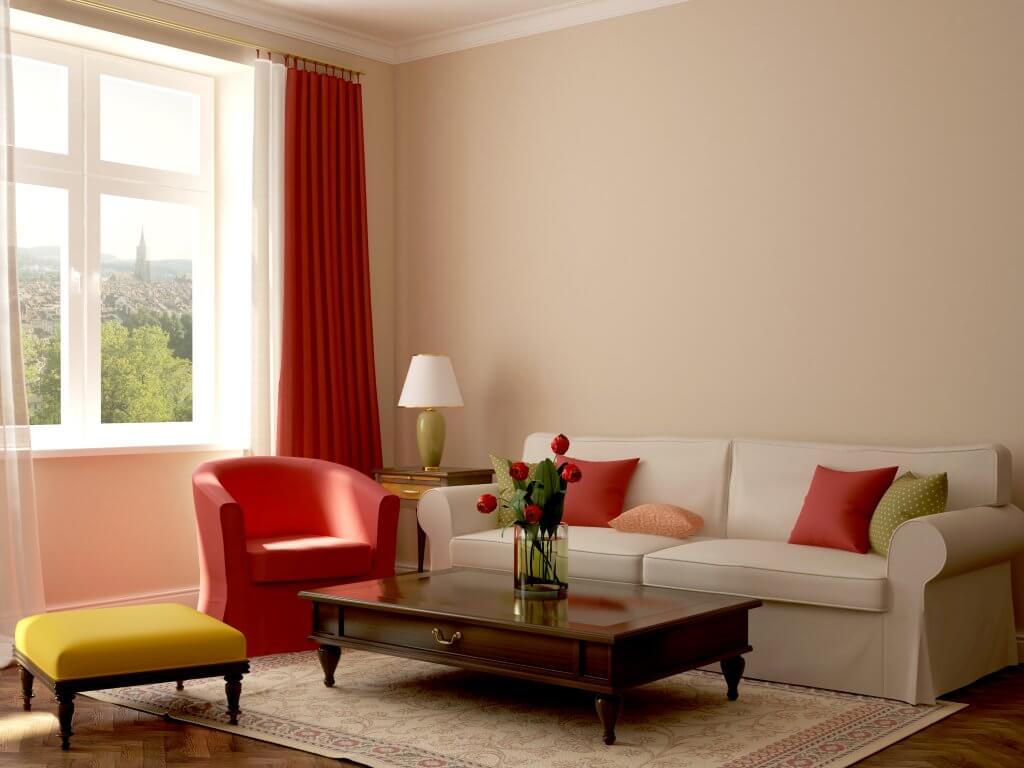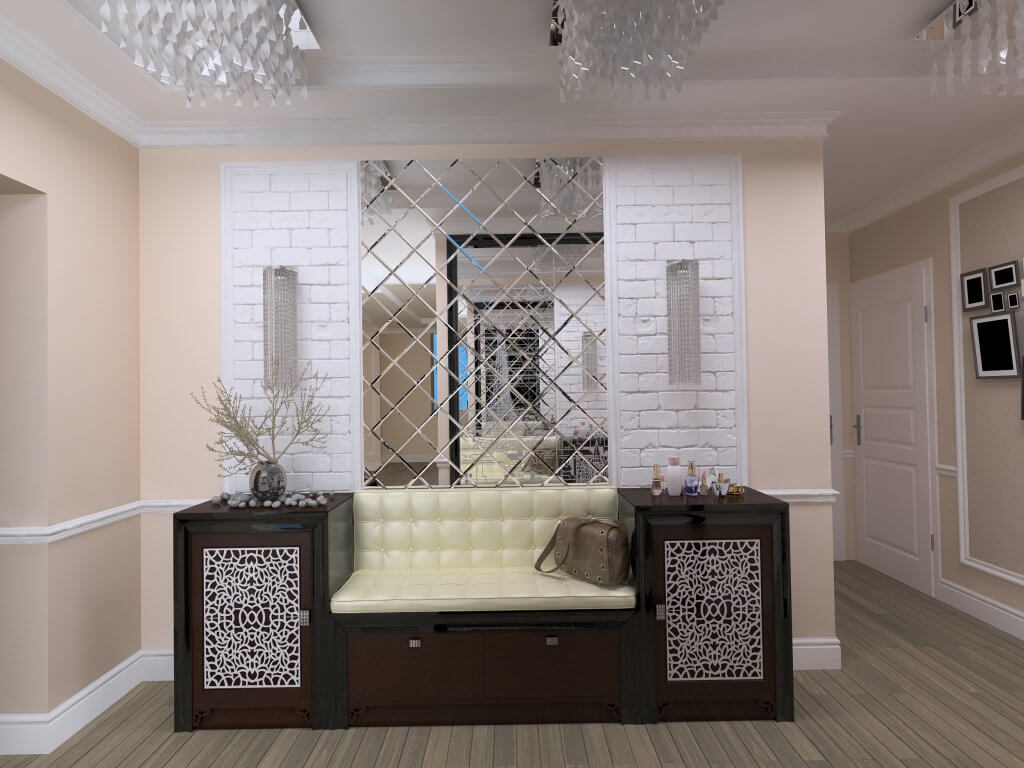Eclecticism: Forced Bad Taste or Top of Pragmatism?

Some call it bad taste. Some, on the contrary, call it the most modern and advanced style, inaccessible to the consciousness of the inhabitant. Art historians define it as “a strongly pronounced reconstructive adherence to classical canons and traditions in the visual arts, based on established stereotypes and ideals”. Still, there is a simpler definition: A combination of elements of architecture, interior or clothing that are not interconnected by style, proportions, material, color gamut or other criteria.

Dinning room
We are talking about quite a controversial and extraordinary direction of design, known as eclecticism.
Aesthetes, of course, may object, but, today, eclecticism is not considered to be a strictly negative phenomenon. One reason is enough for this to be true, which is that this direction did not arise by chance and not from scratch. Although the exact “date-of-birth” of eclecticism (as well as the “place of birth”) cannot be determined, one thing is indisputable: It appeared in spite of, and not because of, anything.

Colorful composition made in a trendy eclectic style, consisting of a sofa, armchair, pouf, coffee table and a wonderful view from the window
Most likely, it all started with European commoners; ordinary people and petty bourgeois who, at the end of the 18th century, began to slowly (but surely) grow rich, introducing innovations into their patriarchal life, borrowed from their wealthy aristocratic neighbours. On the other hand, eclecticism also arose within the poorest lower classes. In this case, people in dire need were forced to use what was at hand. The main thing was that all of these elements needed to be reliable, sound, cheap (if not free) and durable.
Many consider the ‘homeland’ of eclecticism to be North America, and its forerunner is the famous North American version of the colonial style. Indeed, if one investigates the life of the first settlers and conquerors of the Wild West, the chaotic jumble of objects and architectural elements taken from different countries and eras attracts our attention. Often, they are all in absolute disharmony with each other, but two factors are probably related to them – practicality and versatility.
Eclecticism became the generator of the development of 20th century architecture. This trend predetermined the emergence of the Art Nouveau style and led to a revision of the methods of work of architects. Stylization and variation replaced copying and borrowing. Freedom of choice provided more space for creativity. The architect, not constrained by academic canon, created a new reality, based on the old and classical, but mercilessly replacing numerous ‘rudiments’ with useful and practical elements.
The shape and layout of the building in the style of eclecticism necessarily ‘tied’ to its function. For example, the façade can be anything, but if the building is supposed to train a large number of people (school, technical school, university), the window openings will be very wide. Another example is a gym or a fitness centre. Here, the cubic capacity of the premises (more space for a larger number of athletes) and a sufficient number of outbuildings (wardrobe, changing rooms, showers, massage, medical rooms, etc.) are priority, and everything else is secondary.
Eclecticism in interiors has gained its popularity thanks to the human desire for freedom. At a certain point, not only architects, but also a wide circle of people began to realize the need to move away from established canons and add more versatile and functional items to the familiar list of household items. As a result, previously unseen combinations of furniture, decor and colour began to appear. Scientific and technical progress made its contribution to the eclecticism of interiors. Household appliances, which appeared in daily use in the early 20th century, did not fit the established styles, and yet their popularity grew every year and, by the middle of the century, humanity could not imagine life without them.

3D render of interior design in style eclecticism
Today, the interior of the vast majority of average apartments, without exaggeration, can be described as eclectic, thanks, in part, to the introduction of computers, televisions and microwaves. Still, it is important to recognise that the mere accumulation of elements of different styles and origins does not mean eclecticism. If, for example, in the living room, one tries to complement furniture in Empire style with a colourful Persian carpet, such a combination would turn out to be tasteless, rather than eclectic. You could also misguidedly characterise a room in the African safari style, “decorated” with Chinese lanterns.
An eclectic interior is expressed in the emphasis on the maximum functionality of a particular object, its versatility and the number of potential options. It does not matter who made a sofa, how it was made or when it was made, for example. It is important that it is comfortable to sit on, to lie on or even (why not?) to drink coffee on, with legs nicely folded. Nearby, there can be a small table on which it is convenient to place a laptop, a folder with documents or even, again, that delicious cup of coffee – and it does not matter what style it is or what era it is from.
If we talk about eclecticism in clothes, those who prefer this style do not seek to follow fashion, but to create it themselves. On the one hand, the eclecticism of the wardrobe nullifies the established stylistic canons. On the other hand, the commitment to eclecticism allows you to boldly experiment and look for new, sometimes exclusive, combinations of clothing elements. At times, they can accurately reflect the reality of a given epoch, while, at other times, it’s simply great to be ahead of it all.
Eclectics are considered the “ancestors” of hippies, but, in fact, in all countries and at all times, there were groups of people who tried to combine incompatible clothes or simply to shock the public with their clothes. The merit of the hippie generation is the construction of eclecticism in a peculiar way of life; in a cult or in a stereotype of behaviour. Fashion historians, by the way, claim that, most often, the eclectic ‘cocktail’ of the wardrobe appeared because of the banal lack of money for stylish clothes, and, only then, from the desire to impress and amaze others.
The conclusion suggests itself: There is no definite list of things to create an eclectic wardrobe. Eclectic clothing is unpredictable, and yesterday’s ‘jaded’ outfit may be very relevant again tomorrow. In addition, as in the case of architecture and interior, such “omnivorousness” is a consequence of the choice of the most comfortable and functional clothing. In truth, its combination allows you to feel comfortable in most situations of life. The most striking example is women’s skirts or dresses in combination with sneakers or berets. But, one small addition: However eclectic a dress may be, it must be clean and tidy.
You can talk about eclecticism for a long time and you can endlessly give examples of mixing styles in architecture, interior and clothing. Some bring eclecticism into their lives, others consciously try to shock and amaze others and still others simply choose the most convenient and effective options. The main thing, regardless of the style, is that the plaster does not crumble from the façade of the house, there is no dust on the table and on the shirt there are no ketchup stains.









